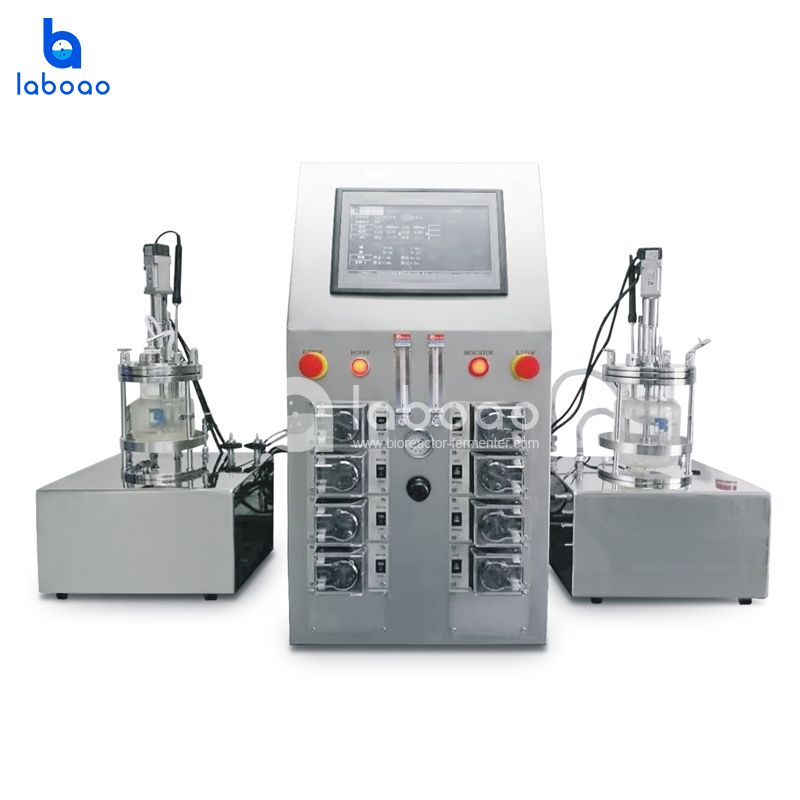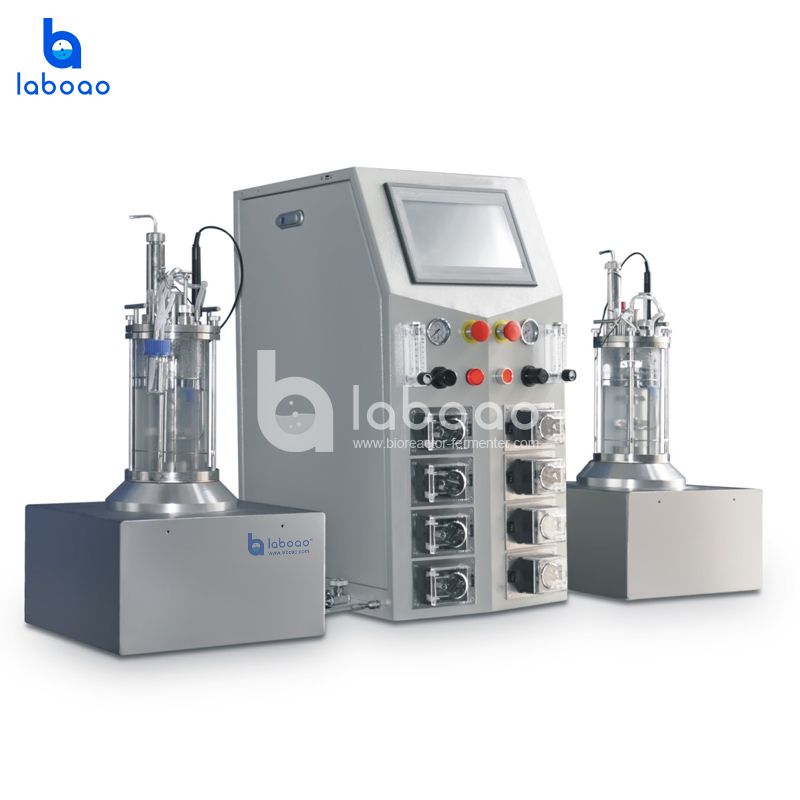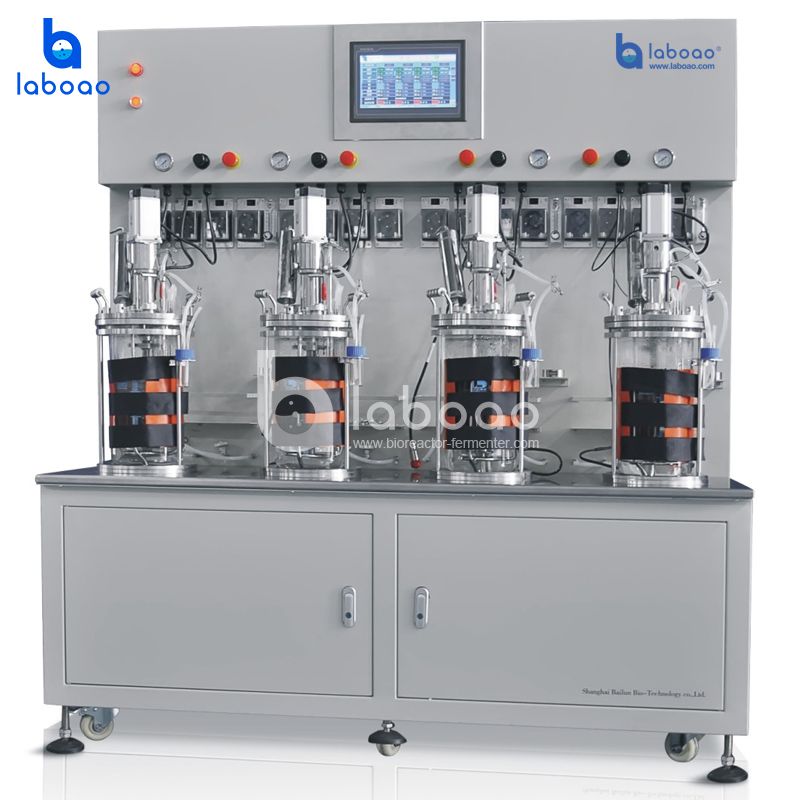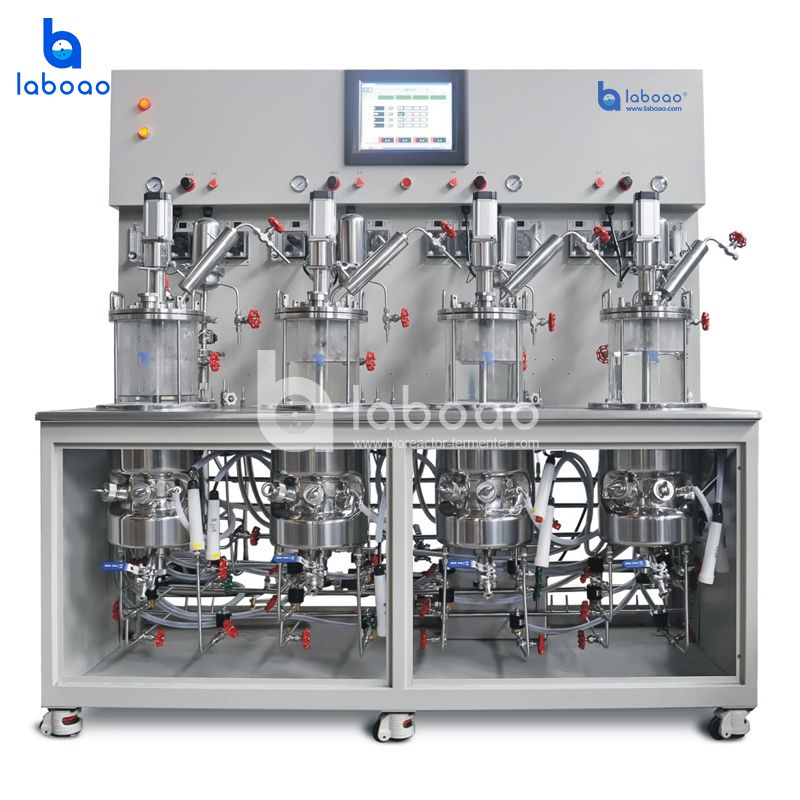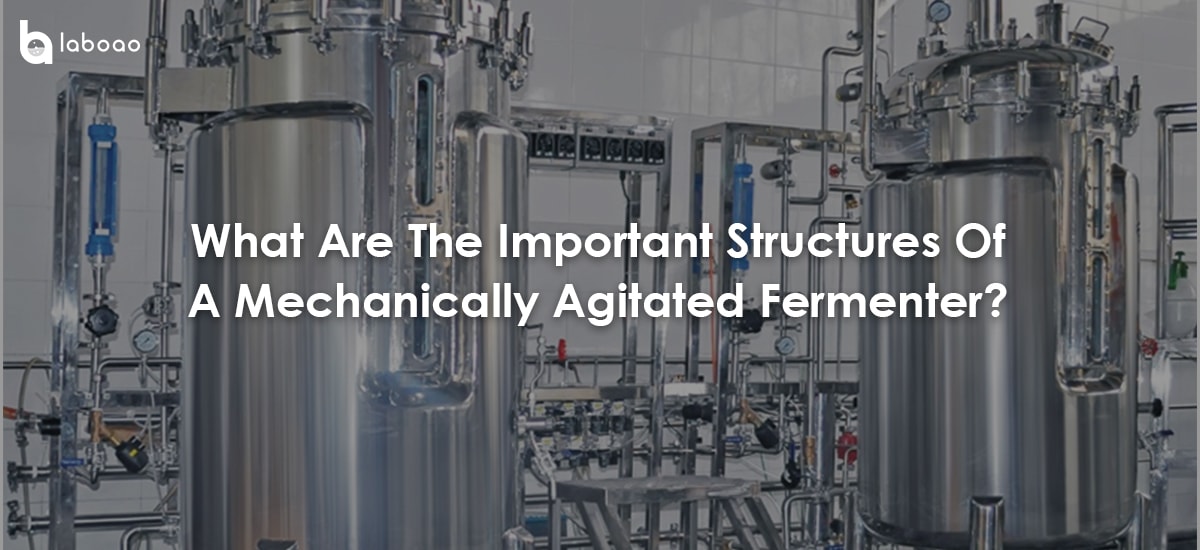
A good bioreactor should meet the following requirements:
1.The structure is tight and can withstand repeated steam sterilization. The inner wall is smooth and has good corrosion resistance, which facilitates complete sterilization and reduces the impact of metal ions on biological reactions;
2.It has good gas-liquid-solid contact and mixing properties and efficient heat, mass and momentum transfer properties;
3.Reduce energy consumption while maintaining biological reaction requirements;
4.It has good heat exchange performance and maintains the optimal temperature for biological reactions;
5.There are feasible pipeline proportions and instrument controls, suitable for sterilization operations and automated control.
Mechanically stirred bioreactor
Mechanically stirred bioreactors are one of the most commonly used types of fermentation plants. It uses the function of a mechanical stirrer to fully mix the air and the mash, and promote the dissolution of oxygen in the mash to ensure the supply of oxygen required for microbial growth, reproduction, fermentation and metabolites.
The structure of mechanical stirring fermentation tank
Mechanically stirred and ventilated fermentation tanks mainly include tanks, agitators, baffles, shaft seals, air distributors, transmission devices, cooling tubes, defoamer, inlet holes, sight glasses, etc.
1. tank
The fermentation tank body is welded by a cylinder body and an oval or dish-shaped head, and the material is preferably stainless steel. In order to meet process requirements, the tank must be able to withstand a certain pressure and temperature, usually 130°C and 0.25MPa. The thickness of the tank wall depends on the tank diameter, material and pressure it can withstand.
2. Agitators and baffles
In order to enhance axial mixing, a mixing system using both worm gear and propeller impellers can be used. In order to facilitate disassembly and assembly, the large mixing impeller can be made into two halves, which are connected as a whole with bolts and assembled on the mixing shaft.
The main function of stirring is mixing and mass transfer, that is, the incoming air disperses bubbles and fully mixes with the fermentation liquid, breaking the bubbles to increase the air-liquid contact interface to obtain the required oxygen transfer rate and suspend and disperse biological cells. In the fermentation system, it is necessary to maintain appropriate mixing and mass transfer of the gas-liquid-solid three phases, and at the same time strengthen the heat transfer process.
3. Shaft seal
The function of the shaft seal is to prevent bacterial contamination and leakage. The seal of the stirring shaft is a dynamic seal. This is because the stirring shaft rotates and the top cover is stationary. There is relative movement between the two components. The seal at this time should be designed according to the principle of dynamic sealing. The basic requirements for dynamic seals are that the seal must be reliable, the mechanism must be simple, and the service life must be long. There are two most commonly used dynamic seals in fermenters: stuffing box seals and mechanical seals.
4. Mechanical defoaming device
During the fermentation process, because the fermentation liquid contains a large amount of protein, a large amount of foam will be produced under strong aeration and stirring. Severe foaming will lead to the overflow of the fermentation liquid and increase the chance of bacterial contamination. There are two defoaming methods in aerobic fermentation production. One is to remove it by adding defoaming agent, and the other is to use a mechanical defoaming device. When the mechanical strength of the foam is poor and the amount of foam is small, the use of mechanical defoaming devices has a certain effect. Its function is to break up the foam.
5. ventilation device
The aeration device refers to a device that introduces sterile air into the fermentation tank. The simplest aeration device is a single-hole tube. The outlet of the single-hole tube is located directly below the bottom stirrer, with the opening facing downwards to prevent the culture liquid from Medium solids accumulate at the opening and solids settle at the bottom of the tank.
